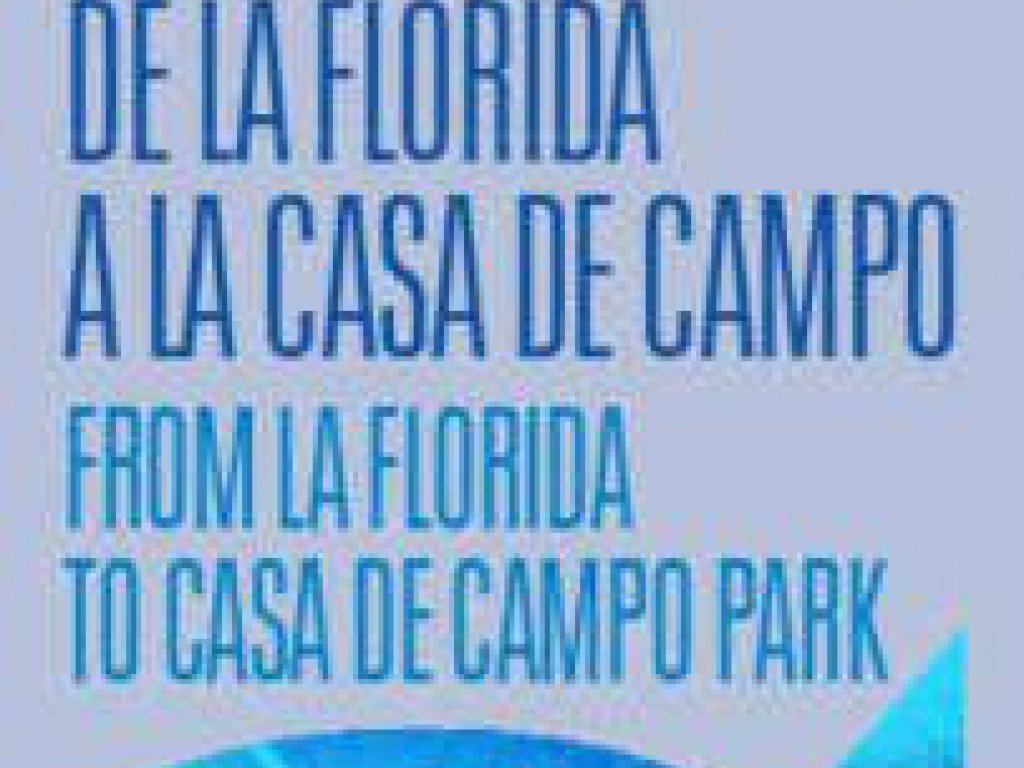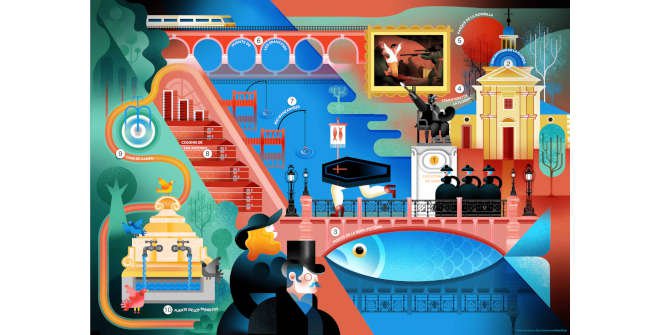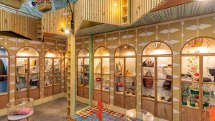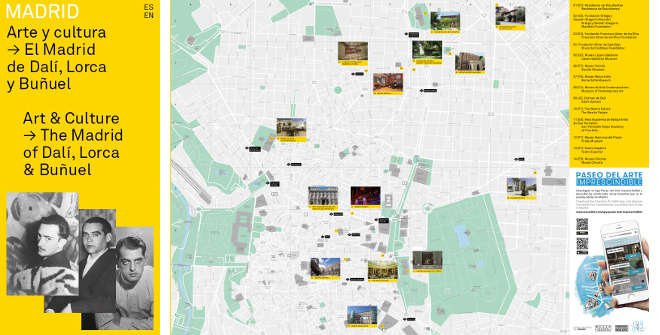From La Florida area to Casa de Campo Park: The Burial of the Sardine (PDF)

This explanation passed down from generation to generation may not be entirely accurate, though, since what was actually recorded as being buried during that era was a shipment of pigs contaminated with the plague. The exact burial place is unconfirmed, so perhaps it was near the current Fuente del Pajarito (Fountain of the Little Birds), the traditional end point of the Burial of the Sardine.
It may seem odd, but there is actually a connection between pigs and sardines. All day labourers and salaried workers were entitled to a ten-minute break for a mid-morning snack, when they would eat a meagre bread roll with a slice of bacon or pancetta. This was known as a “sardine”, which is almost certainly the origin of the tradition that has been passed down to us and that we celebrate every year on Ash Wednesday.
Popular scenes similar to this were captured by Francisco de Goya—the brotherhood’s first honoured member back in the day—in his painting The Burial of the Sardine, which depicts Madrileños’ joy, carefree attitude and love for having a good time. At the end of the 1960s, a group of friends carrying on in the spirit of the brotherhood’s first president, Don Serafín Villén, gave the organisation a more official air.
Jesús Hidalgo Cruz, President of the Merry Brotherhood of the Burial of the Sardine
- Download the illustrated cultural map (905 KB) (ES / EN)





